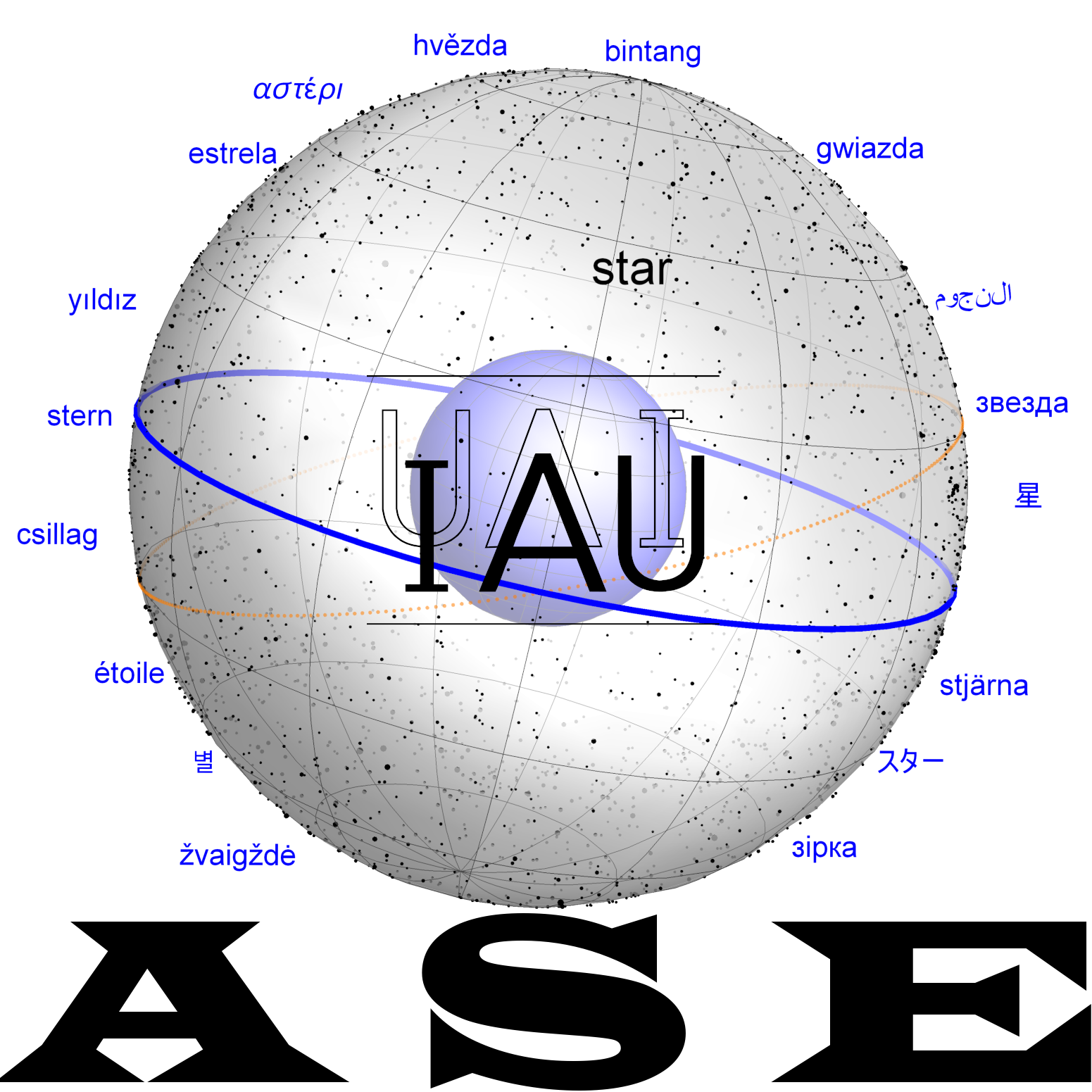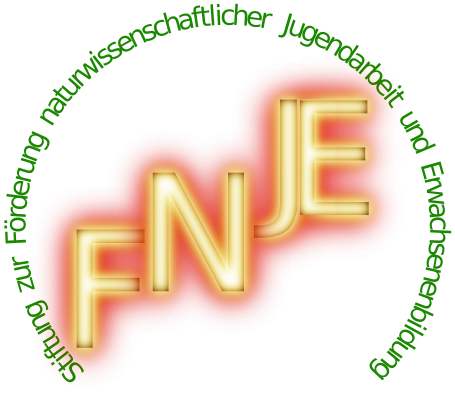E-pa2-e: Difference between revisions
From All Skies Encyclopaedia
E-pa2-e
DavidHilder (talk | contribs) No edit summary |
(Redirected page to mul / dŠUL.PA.E3) Tag: New redirect |
||
| (2 intermediate revisions by 2 users not shown) | |||
| Line 1: | Line 1: | ||
#REDIRECT [[ŠUL.PA.E3]] |
|||
<sup>mul</sup>''E-pa<sub>2</sub>-e'' is an ancient Mesopotamian asterism. |
|||
{{DISPLAYTITLE:''E-pa<sub>2</sub>-e''}} |
|||
==Dictionary== |
|||
Possibly from Šul-pa<sub>2</sub>-e, Jupiter [BPO 2, 2-3; Lambert 1987a, 94-95]. |
|||
===Kurtik with Hilder, Hoffmann, Horowitz, Kim=== |
|||
{| class="wikitable" |
|||
|- |
|||
!Sources!!Identifications |
|||
|- |
|||
|'''A Hittite Prayer to the Gods of the Night.''' |
|||
<sup>mul</sup>E-pa<sub>2</sub>-e [KUB IV, 47 r. 43; BPO 2, 2:5; Van der Toorn 1985, 129:43].||Example |
|||
|- |
|||
|Example||Example |
|||
|} |
|||
===Additional=== |
|||
Earlier it read <sup>mul</sup>e-ku-e and was identified with <sup>mul</sup>AŠ.GAN<sub>2</sub> = ikû "Field". [HBA, 60; Weidner 1957-59, 73], see for example [G. 117; AHw, 370; Van der Toorn 1985, 129:43]. |
|||
==Historical Dictionaries== |
|||
{| class="wikitable" |
|||
|- |
|||
!Kurtik (2022)!!Gössmann (1950) |
|||
|- |
|||
|возможно, от Šul-pa<sub>2</sub>-e, Юпитер [BPO 2, 2–3; Lambert 1987a, 94–95]. |
|||
I. Источники. |
|||
Хеттская молитва ночным богам. <sup>mul</sup>E-pa<sub>2</sub>-e [KUB IV, 47 r. 43; BPO 2, 2:5; Van der Toorn 1985, 129:43]. |
|||
Ранее читалось как mule-ku-e и отождествлялось с <sup>mul</sup>AŠ.GAN<sub>2</sub> = ikû «Поле» [HBA, 60; Weidner 1957–59, 73], см., например, [G. 117; AHw, 370; Van der Toorn 1985, 129:43]. |
|||
|Example |
|||
|- |
|||
|Example||Example |
|||
|} |
|||
==References== |
|||
*[[References (Babylonian)|Kurtik's references]] |
|||
[[Category:Mesopotamian]] |
[[Category:Mesopotamian]] |
||
[[Category:Akkadian]] |
[[Category:Akkadian]] |
||
Latest revision as of 19:40, 4 August 2025
Redirect to:




